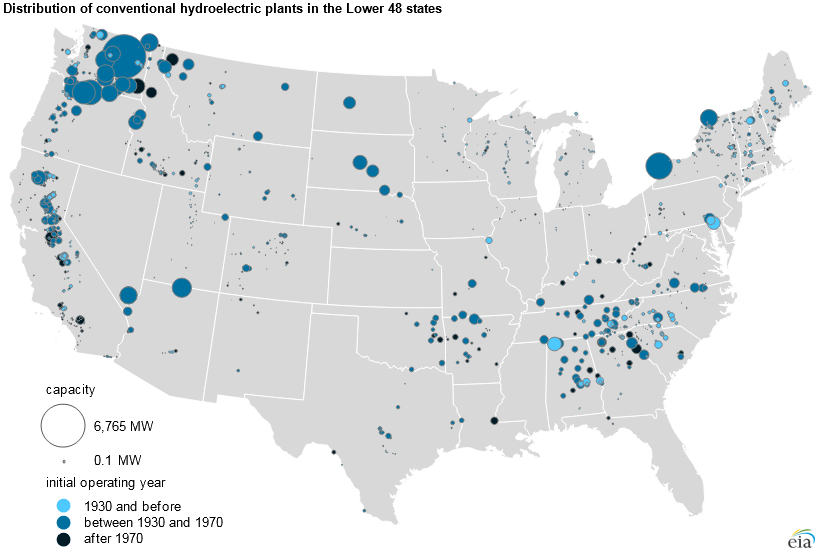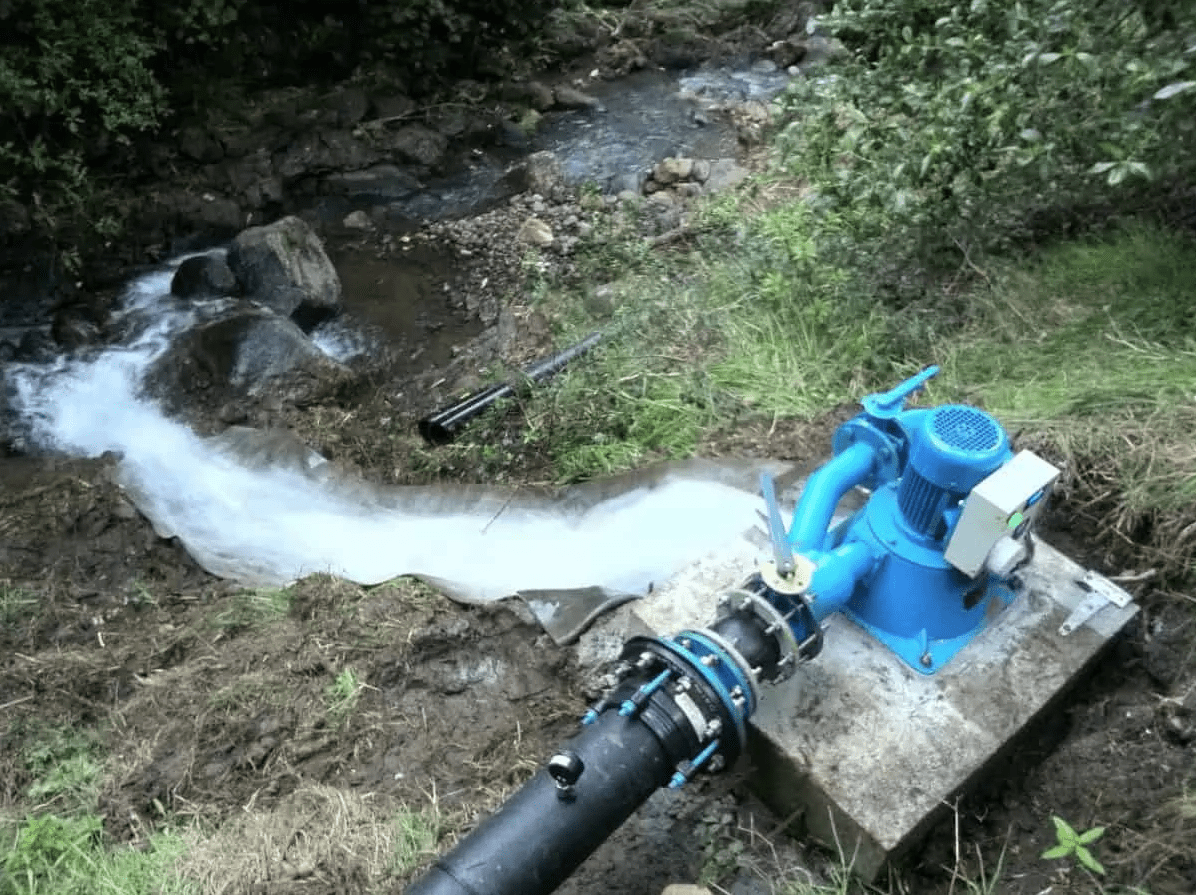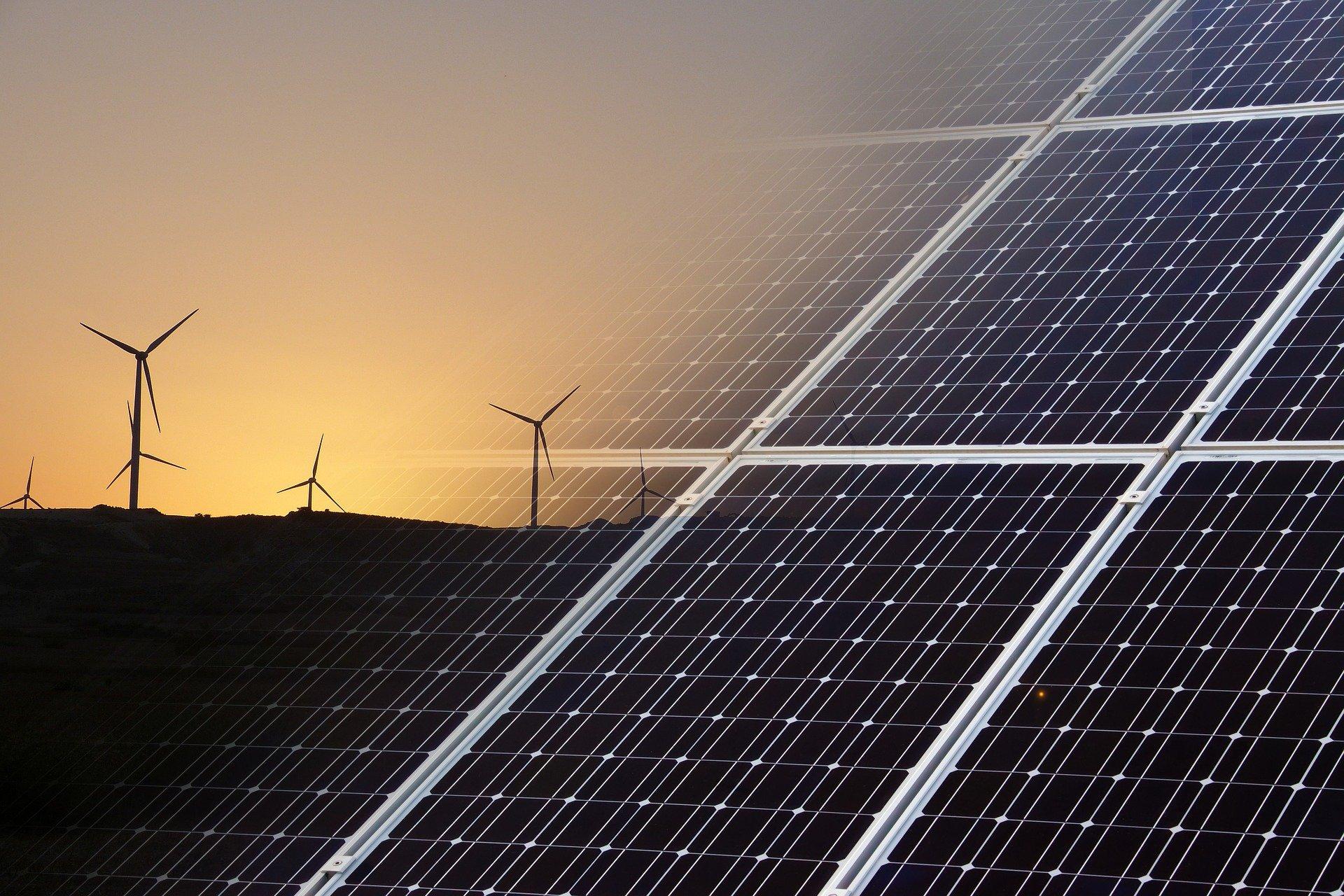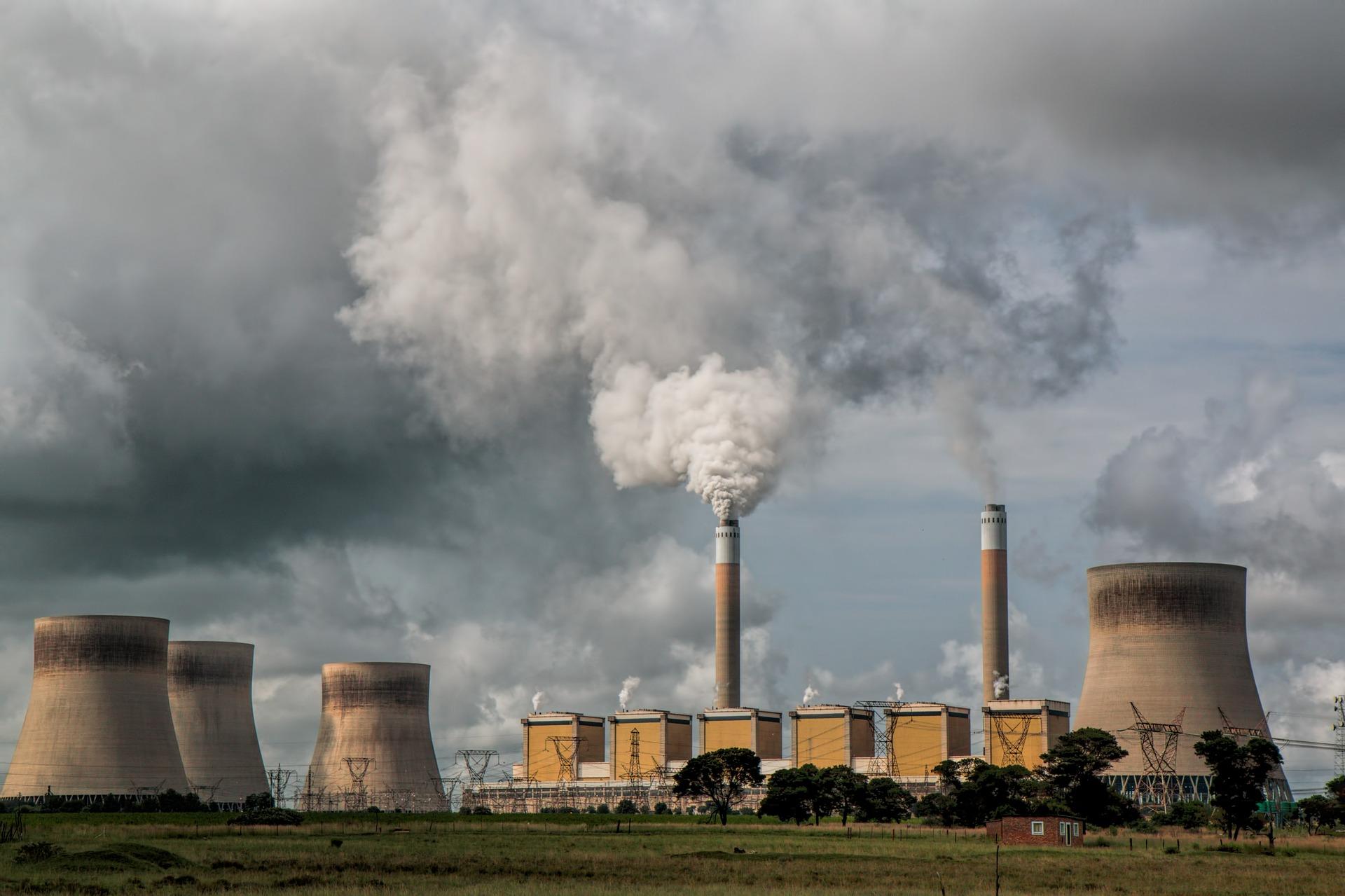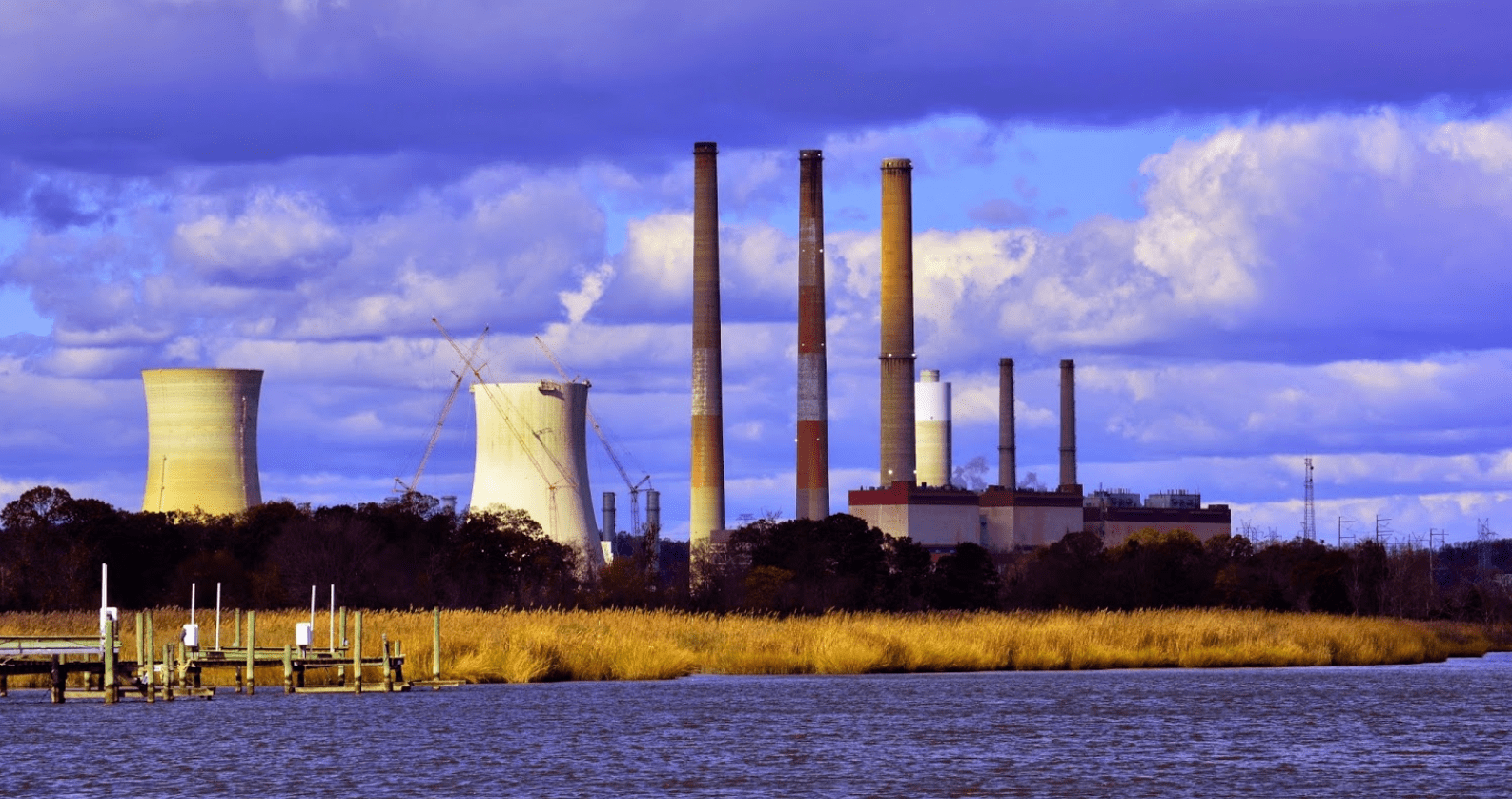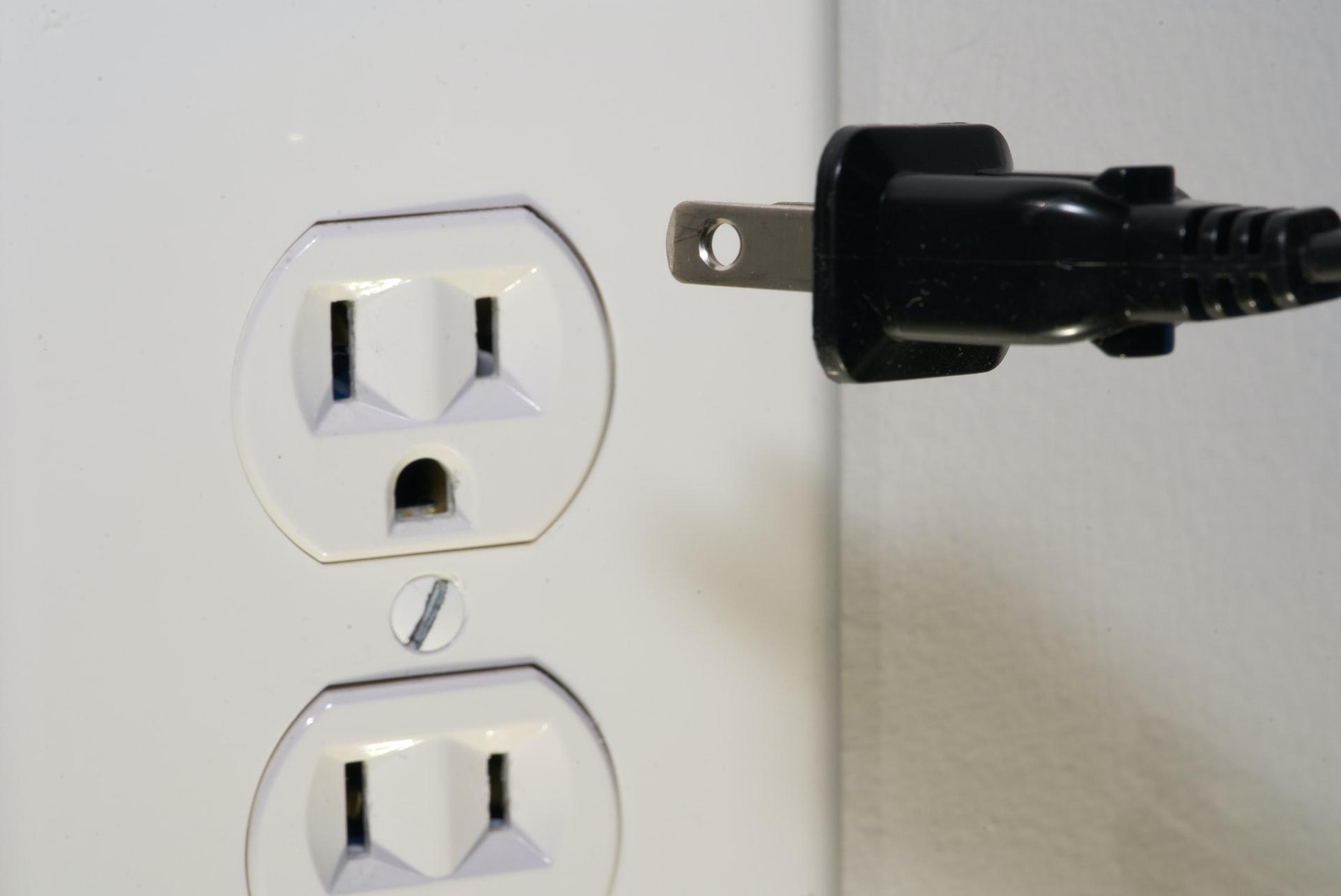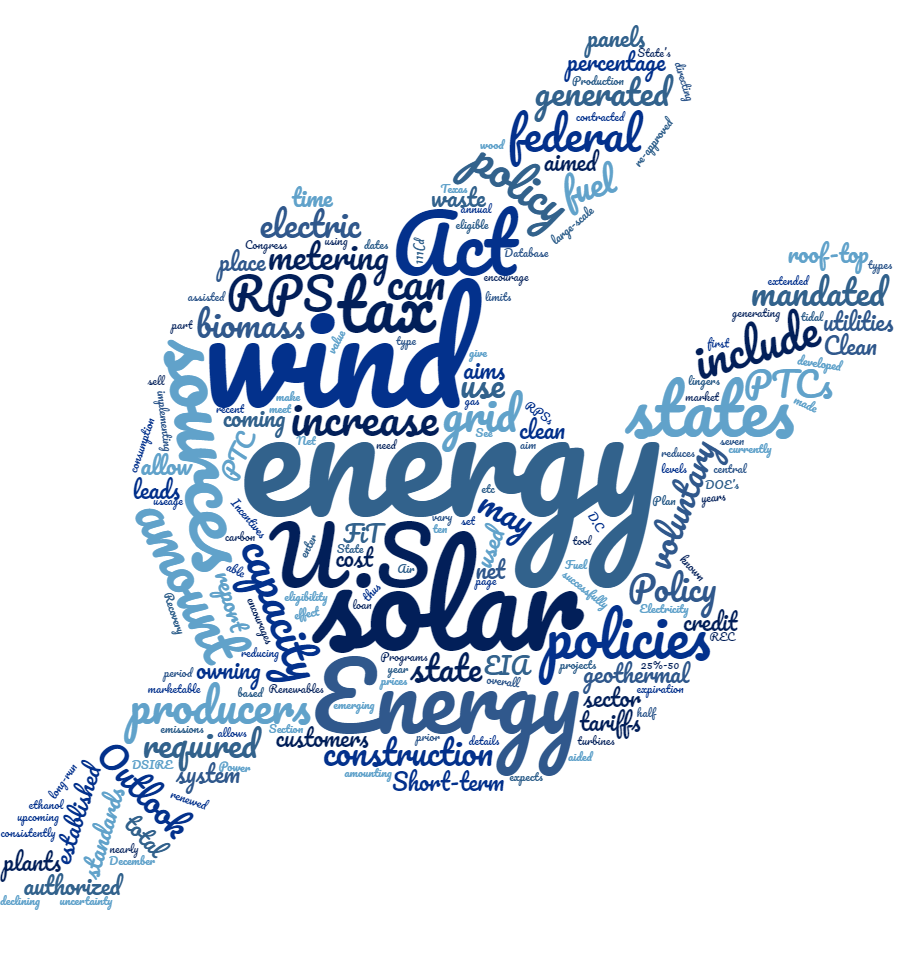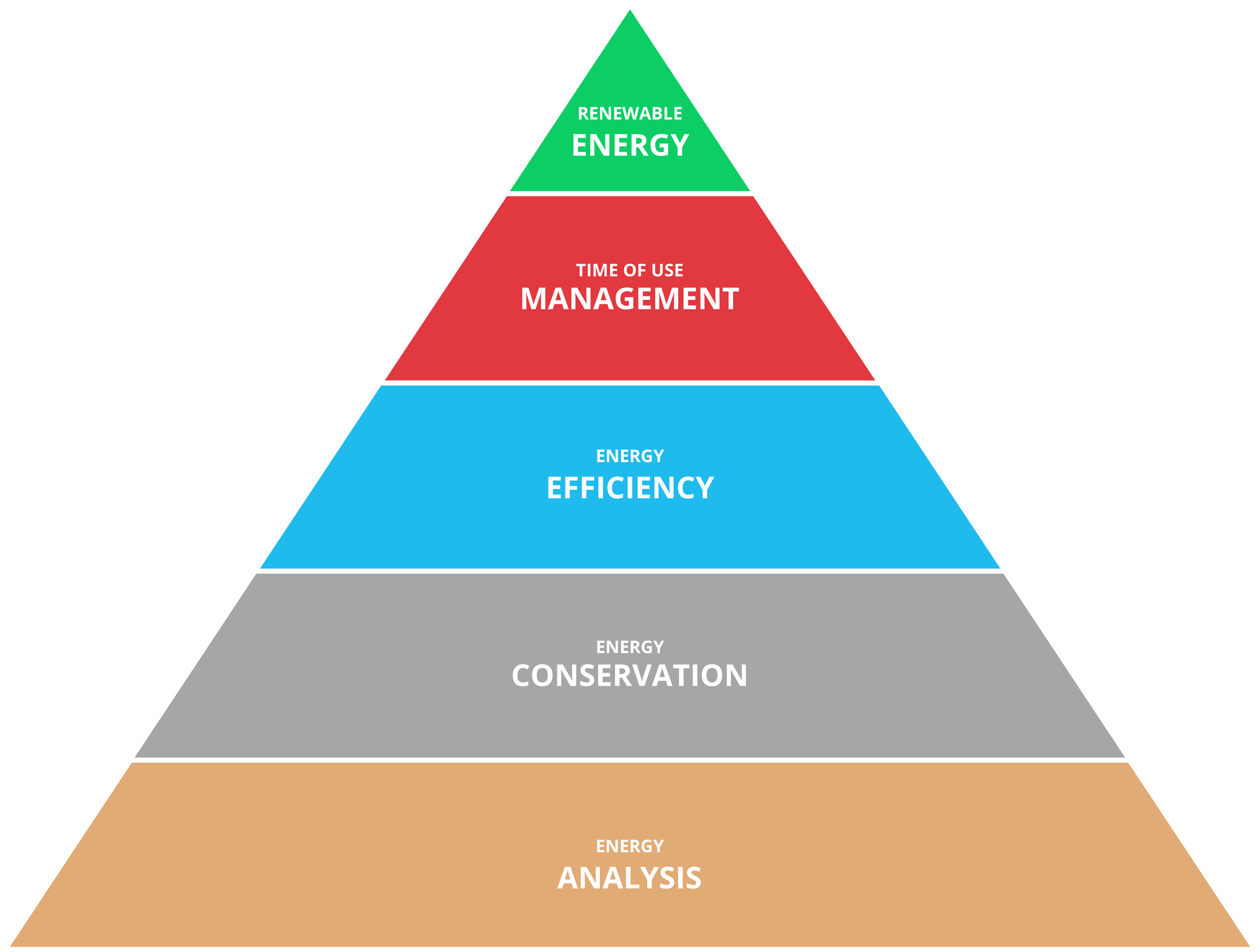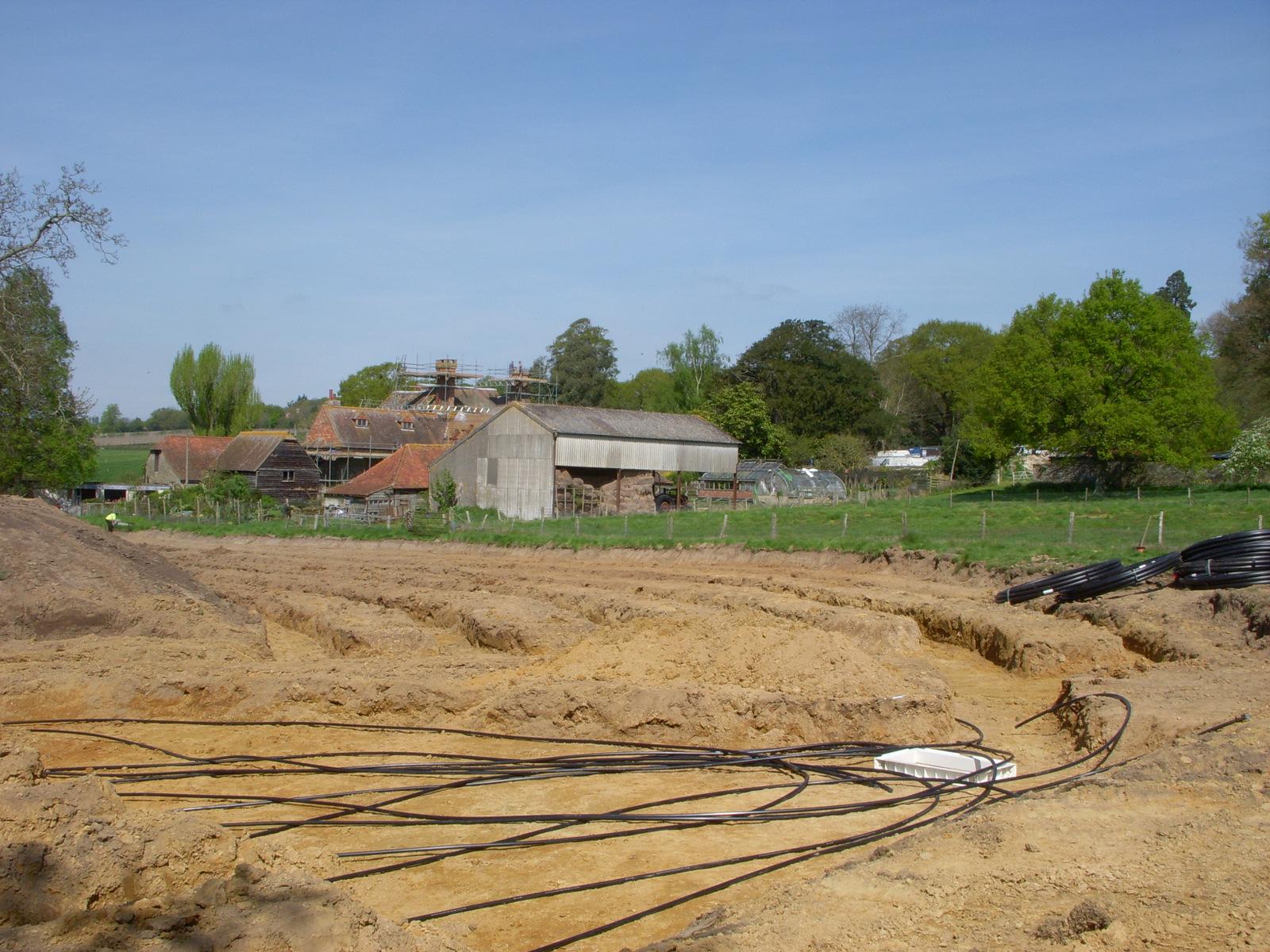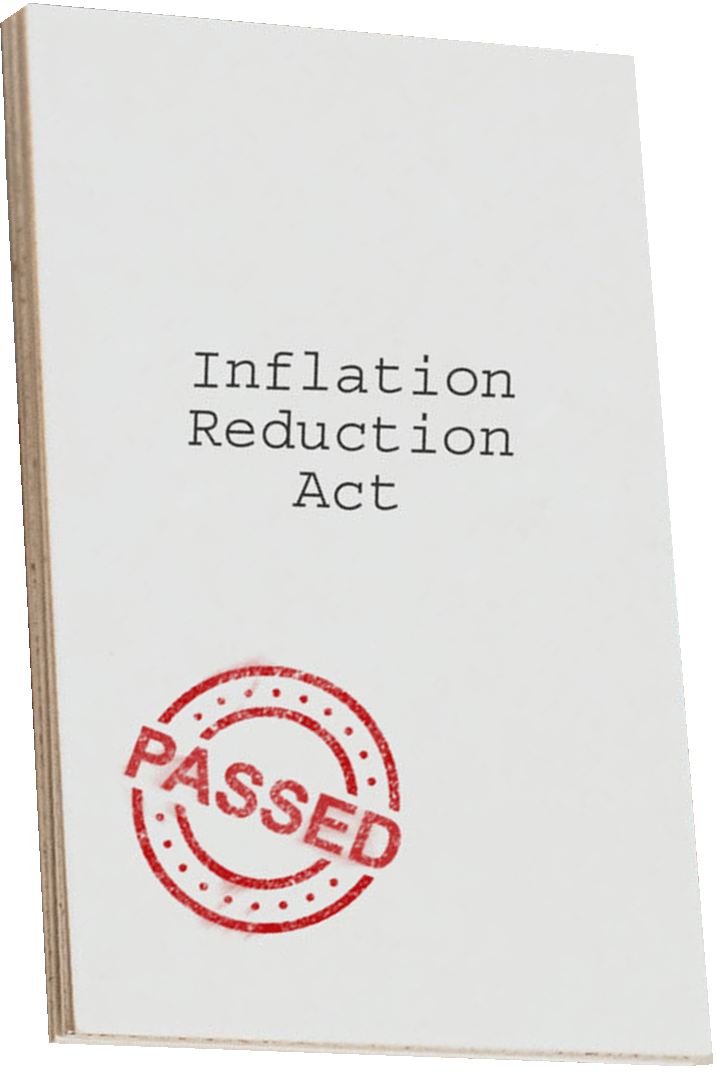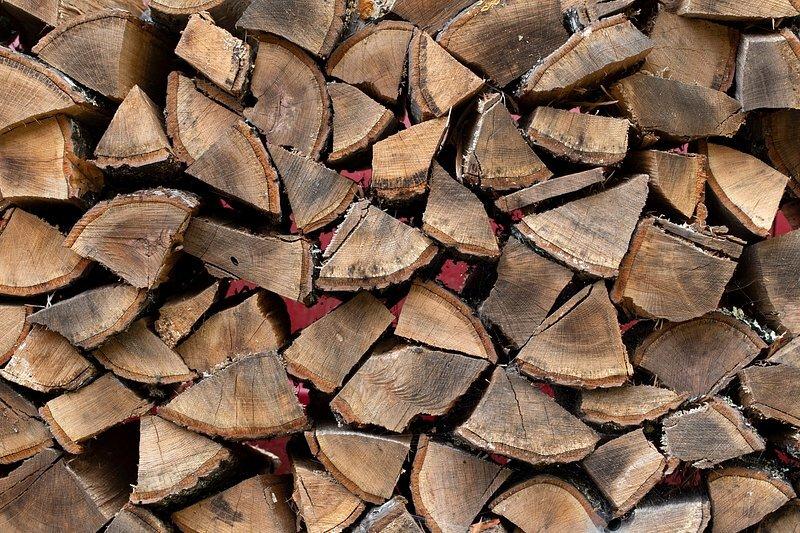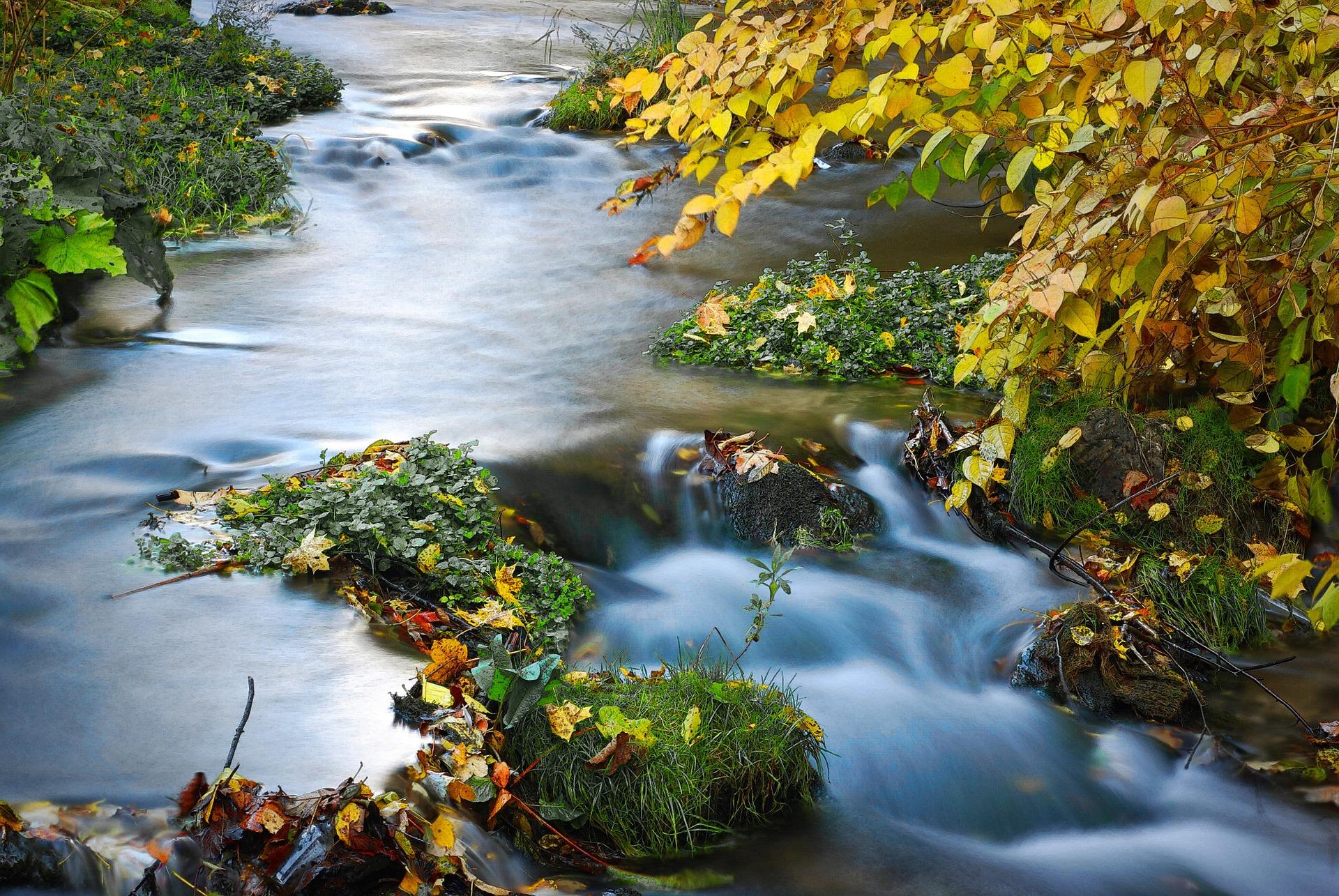
Hydroelectric schemes use gravity to drive water through turbines, converting that energy into electricity. Schemes need continuous, year-round water supplies and vertical drops for water to fall down. Water from streams, rivers or dams flows down steep pipes into turbines, which drive power generators. The water then flows back into a river or stream below the hydro plant. Run-of-river systems, which don’t have dams, need water to flow year-round down rivers that have steep enough natural drops to power their turbines. Large scale generation schemes (above 10 MW capacity) are more difficult and expensive to build, but produce large amounts of electricity at low cost. Smaller scale generation (below 10 MW capacity and including micro-hydro schemes that generate less than 10 kW), can be cheaper and easier to build and get consent for, but generate less electricity at a higher cost.
Hydroelectricity systems use the force of running water to turn turbine blades, which spin a shaft connected to a generator. On rural sites they can be set up wherever water falls from a higher lever to a lower level, for example a waterfall, hillside, stream, or where a reservoir discharges into a river. The type of turbine you need depends on the vertical distance the water falls and the rate the water flows. Pelton wheels are the type of turbine most commonly used for small scale domestic generation. If your small scale hydro scheme does need a dam or other form of water storage, you’ll need to get consent.
